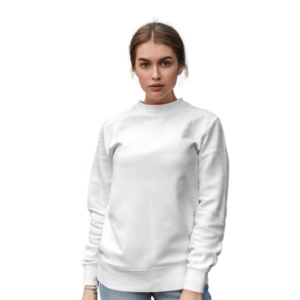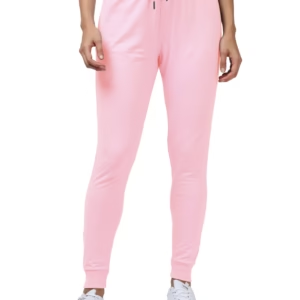What are the current trends in the textile and fabric industry?
The textile and fabric industry is undergoing dynamic changes, driven by evolving consumer preferences, technological advancements, and sustainability concerns. Staying updated on the latest trends is crucial for businesses and professionals in this field. Let’s delve into some fascinating statistics and references that shed light on the current trends shaping the industry:
1️⃣ Sustainable Materials and Practices:
According to a recent study by Textile Exchange, the global market for sustainable textiles is projected to reach $150 billion by 2025. Consumers are increasingly seeking eco-friendly and responsibly sourced fabrics, pushing brands to adopt sustainable practices. From organic cotton and recycled polyester to innovative alternatives like pineapple-based leather and mushroom-based materials, the industry is embracing sustainable solutions.
2️⃣ Digital Printing and Customization:
The digital printing market in the textile industry is booming, estimated to reach $4.9 billion by 2023 (source: MarketsandMarkets). This technology enables quick and cost-effective production, allowing businesses to offer personalized and on-demand products. Customization is becoming a key trend as consumers seek unique, tailored experiences.
3️⃣ Smart Fabrics and Wearable Technology:
With the rise of the Internet of Things (IoT), smart fabrics and wearable technology are gaining momentum. According to Grand View Research, the global smart textile market is expected to reach $4.7 billion by 2025. From fitness trackers and health-monitoring garments to temperature-regulating fabrics, these innovations are revolutionizing the industry, blending functionality with fashion.
4️⃣ Circular Economy and Recycling:
The shift towards a circular economy is reshaping the textile industry. Approximately 73% of clothing produced is sent to landfills or incinerated (source: Ellen MacArthur Foundation). To combat this, innovative recycling technologies are emerging, enabling the conversion of textile waste into new materials. Brands are embracing circularity, promoting garment recycling programs, and exploring closed-loop systems.
5️⃣ Automation and Industry 4.0:
The integration of automation and Industry 4.0 technologies is transforming textile manufacturing. Robotics, artificial intelligence, and data analytics are streamlining processes, increasing efficiency, and reducing labor-intensive tasks. This trend not only enhances productivity but also allows for better quality control and customization capabilities.
References:
- Textile Exchange: https://textileexchange.org/
- MarketsandMarkets: https://www.marketsandmarkets.com/
- Grand View Research: https://www.grandviewresearch.com/
- Ellen MacArthur Foundation: https://www.ellenmacarthurfoundation.org/
Embracing these trends is essential for businesses and professionals to stay competitive and meet the changing demands of the market. By aligning with sustainability, customization, smart technology, circularity, and automation, the textile and fabric industry can pave the way for a more innovative, responsible, and prosperous future.
Let’s discuss in the comments below: Which trend do you find most intriguing, and how do you see it shaping the future of the industry? 🌍💡
#TextileIndustry #FabricTrends #Sustainability #DigitalPrinting #SmartFabrics #CircularEconomy #Automation #Industry4_0 #Innovation #LinkedInPost











